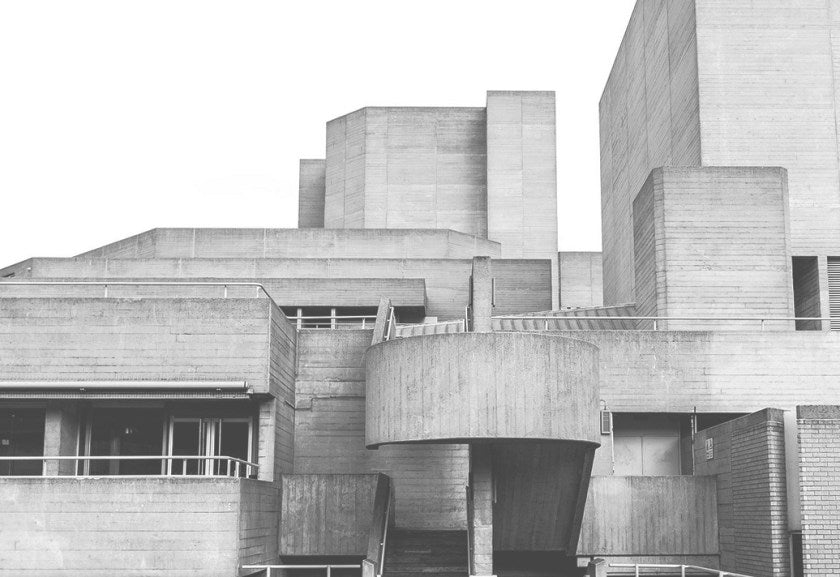Saving concrete - a look at brutalist architecture

Brutalism, also known as Brutalist architecture, is a style that emerged in the 1950s and grew out of the early-20th century modernist movement. Recycling of concrete materials was one of the driving forces behind brutalism. The word Brutalism comes from the French "béton brut" meaning "raw concrete."
What underlay brutalism as a style was the devastating emotional toll of war, and a genuine need to repurpose resources in the aftermath of the destruction. The history of brutalism goes back to WWII. In the crippled economy and social struggle of post-WWII, many argued that buildings are just buildings, designed to house and shelter, and their aesthetic is irrelevant. Brutalism is seen as an evolution of modernism. Where modernism emphasised the reduction of unnecessary ornamentation, brutalism dispensed with ornamentation altogether.

There was significant public opposition to brutalist architecture, as it was seen as ugly eyesores on the landscape. New movements tend to provoke backlash, and this was certainly the case with brutalism which appeared to not have changed the aesthetic, but destroyed it altogether.
Critics argue brutalism has a menacing look, raw and plain associated with lack of imagination, and lack of insight. A brutalist construction is often publicised as a faux pas. This is because some very negative associations with brutalism have developed over time, including watermarked Soviet apartment buildings, buildings that appear as if in disuse or neglected, and the ugly blocks of university and college campuses. Others argue that brutalist architecture is a failure of architectural design, a sad and preferably abandoned aberration in the history of architectural progress.

However, brutalist buildings aren’t unlovable. The University of North Carolina has two brutalist libraries, one concrete and one brick, and many brutalist or semi-brutalist residential buildings, which are treasured by students. In Auckland, the brutalist style has been used for buildings such as inner city apartment blocks and the University of Auckland Arts Department.
The Brutalist movement did not endure as a strong force in architecture, although there appears to be some re-awakening of interest in it today. Its proponents argue that it is an architectural power move and an expression of raw realism. Some argue that brutalist buildings are an aesthetic in their own rough, real and powerful way. Its critics deride its poverty of colour or pattern and its menacing aspect. The impression many have is that the materials, the appearance, the placement and the feel of brutalist buildings are all brutal. They are massive concrete blocks with blank facades, and they appear to have been constructed squarely in the most convenient location without any thought for how they fit the texture of the landscape. Brutalism has mostly been derided by critics and has widely seen criticism as the most unappealing architectural style. Over time, the significant public opposition to brutalism paved the way for it to become outdated and outmoded.
The appeal that brutalism seems to hold is with its rough-hewn realism and architectural power move. The overall message is pure expression. Perhaps if for nothing else than its plain, straightforward expression of realism, brutalist architecture has seen the light of day in recent years as a movement, after being decried as an eyesore and aberration during postmodernism, which was the movement of the second half of the twentieth century.

Our latest campaign with left-over materials from Great Barrier Island, keeping with the theme of reusing and recycling.



